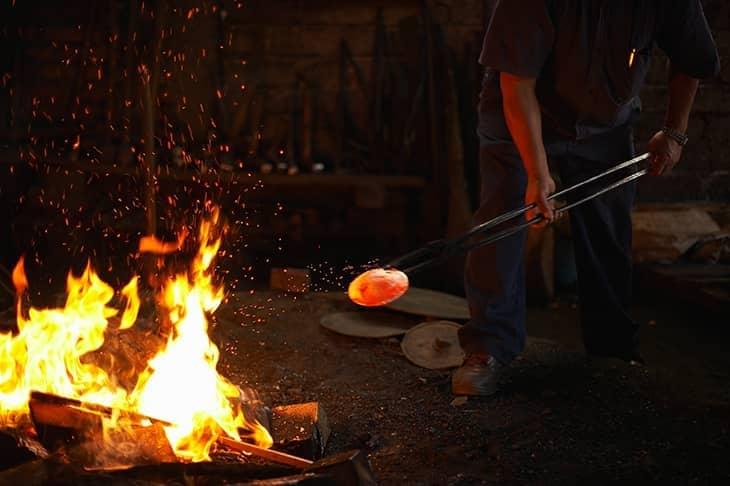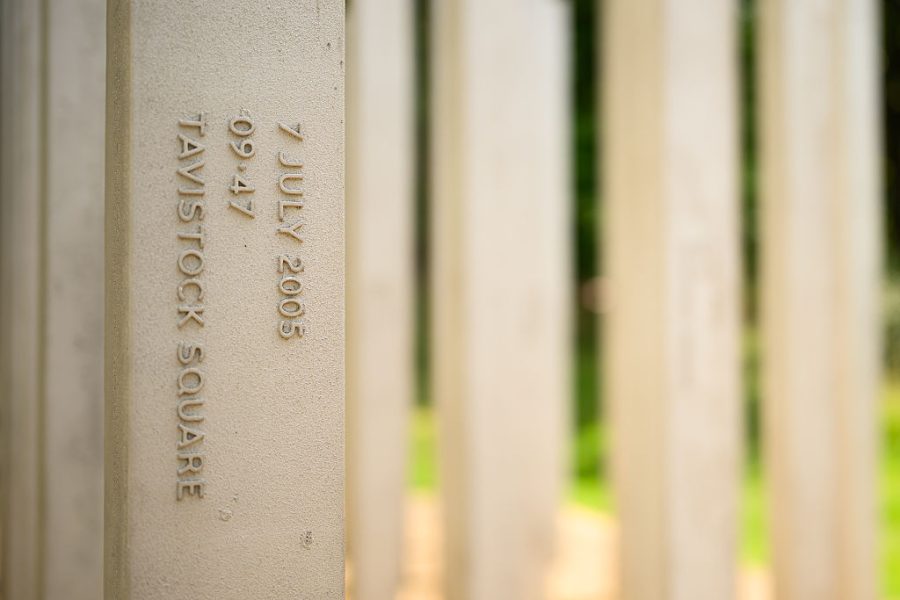At Intelligent Life, the Economist magazine where I worked for some years, it was easy to feel intellectually challenged. Even the interns all seemed to have Oxbridge Firsts. What a breath of fresh air, then, when the deputy editor’s son decided he didn’t want to go to university, and would instead apprentice as a blacksmith.
During the industrial revolution, Alex Pole tells us in this eccentric and enchanting book, there were 25,000 smiths working in the UK. Now, there are fewer than 2,000. As Ronald Blythe noted more than 50 years ago in Akenfield, far more villages have a cottage called The Olde Forge than a blacksmith. But numbers are creeping up, and the Clerk at the Worshipful Company of Blacksmiths reckons that today there are around 500 young people — men and women — in training. Pole believes that modern technology bolsters tradition: blacksmiths use social media to promote their crafts and sell their products, while at the same time the hurtle of modern life encourages a return to slower, older ways. “Could it be that we are enjoying the best of both worlds now?” Certainly his forge on the Somerset-Dorset border is ringing with industry.
This handsome olive green, clothbound volume — a sort of blacksmith’s commonplace book — is lavishly illustrated with drawings and photographs. The smith’s hammer, Pole writes, “is essentially an extension of his arms and his thoughts,” and his own tools laid out for the camera look as if they might have belonged to Wayland, the Anglo-Saxon master smith and lord of the elves. A stunning, Farrow & Ball-type chart shows how steel in a forge progresses from dark red (1,110ºF) through shades of cherry and orange to white (2,200ºF). And between illustrations Pole writes of his craft in prose that is conversational and compelling, drawing on a marvelous lexicon: bloomer, clinker, scarfing, swages, wootz.
There are wonderful surprises. I knew nothing of the nail industry which, at its peak in the 17th century, employed 50,000 workers in the Black Country alone, some as young as seven, most working in two-room cottages — one room to sleep in, one housing a tiny forge. Their lives were “monotonous, filthy and demoralizing.” But the nails they made were so valuable that houses and barns were often deliberately burned down so that nails could be recovered and sold.
Pole writes with the passion of Lars Mytting, the surprise bestselling author of Norwegian Wood, the scientific precision of Heston Blumenthal, and the devotion of James Rebanks to old ways and lore. But whereas Rebanks tells us about his childhood, his adored grandfather and his tricky relationship with his father, Pole’s life remains shadowy. We learn the odd thing — that his anvil served as an altar when he married; that his bath water turns black; that he cannot afford the knives he makes — but otherwise he is lost in the smoke, clangor and sweat of his forge: an Everysmith.
I had rather hoped he might turn out to be a 21st-century Felix Randal, fettling “for the great gray drayhorse his bright and battering sandal.” But Randal was a farrier, and Pole is a blacksmith, and apparently, these days, the two are distinct. Nevertheless, it felt a disappointment that the first item Pole describes making is a bottle opener, and that most of his work is now fueled by gas rather than coal.
He urges one to read more widely, recommending several books on anvils alone. I’m not sure I’ll do that. But as I turned the last page, I couldn’t resist emailing my old colleague to see how her son was doing. Nine years on, she replied, he’s working at a forge outside Hereford and loving it: “It’s a craft — an art even — worth celebrating.”
This article was originally published in The Spectator’s UK magazine. Subscribe to the World edition here.

























